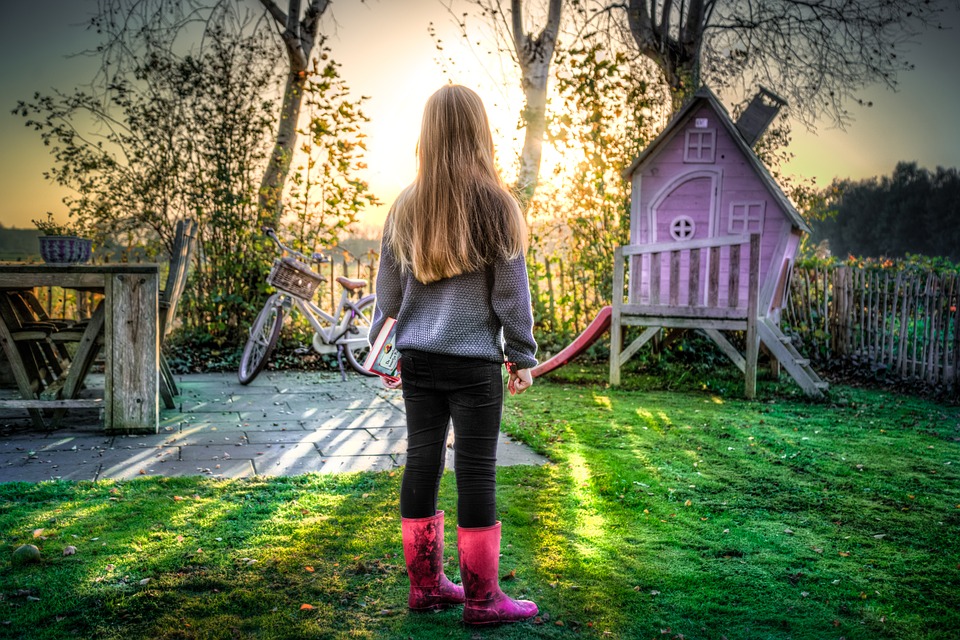Introduction
Gardening is not only a rewarding hobby but also an excellent way to contribute to sustainable living. By adopting sustainable gardening practices, you can create a beautiful and environmentally-friendly garden that benefits both you and the planet. In this article, we will discuss seven simple steps to start sustainable gardening today.
1. Choose Native Plants
One of the first steps to sustainable gardening is selecting plants that are native to your region. Native plants are adapted to the local climate, soil, and wildlife, which means they require less maintenance, water, and pesticides. They also provide crucial sources of nectar, pollen, and food for local wildlife.
2. Use Organic Soil and Fertilizers
Avoid using synthetic chemical fertilizers that can harm the environment and our health. Instead, opt for organic and natural soil amendments and fertilizers. Organic compost, for example, is a fantastic way to improve the soil fertility and structure while also reducing waste. Additionally, using organic fertilizers helps to support beneficial soil microorganisms and promote healthy plant growth.
3. Conserve Water
Water is a precious resource, and sustainable gardening involves conserving it. To minimize water usage, consider installing drip irrigation systems or soaker hoses that deliver water directly to the plants’ roots. Mulching around your plants can help retain moisture in the soil, reduce evaporation, and suppress weed growth. Collecting rainwater using barrels or other containers is another effective way to reduce water consumption.
4. Implement Companion Planting
Companion planting involves growing different plants together that benefit each other. For instance, planting marigolds alongside tomatoes helps repel pests, while beans help provide nitrogen to neighboring plants. By intercropping compatible plants, you can naturally deter pests, improve pollination, and enhance soil fertility, reducing the need for chemical pesticides and fertilizers.
5. Practice Integrated Pest Management (IPM)
Integrated Pest Management is a holistic approach to pest control that emphasizes prevention and minimal use of harmful chemicals. Identify pests accurately and encourage natural predators like birds, ladybugs, or spiders to control pest populations. Use organic pest control methods such as neem oil, insecticidal soaps, or homemade remedies like garlic spray. Regularly monitoring your plants reduces the chances of severe infestations, making it easier to manage any issues that arise.
6. Compost and Recycle
Implementing a composting system is an essential aspect of sustainable gardening. Composting kitchen scraps, yard waste, and fallen leaves helps reduce landfill waste while providing nutrient-rich compost for your garden. Recycling also plays a vital role in sustainable gardening. Reuse materials like containers, plant labels, and garden tools whenever possible, and dispose of non-recyclable waste responsibly.
7. Encourage Biodiversity
Creating a garden that supports biodiversity is crucial for sustainable gardening. Incorporate a variety of plants that bloom at different times to provide continuous food sources for pollinators. Incorporate native flowers, shrubs, and trees to attract bees, butterflies, and birds. Consider adding birdhouses, bee hotels, or water features to provide shelter and water for wildlife. Avoid using chemical pesticides that could harm beneficial insects like bees and ladybugs.
FAQs Section
Q1: How can I create a sustainable garden if I have limited space?
A1: Even with a small space, you can create a sustainable garden by using vertical gardening techniques such as trellises, hanging baskets, or wall-mounted planters. Utilize container gardening or create a mini herb garden on your windowsill. Every bit of green space, no matter the size, can contribute to sustainable gardening practices.
Q2: Are there any sustainable alternatives to chemical pesticides?
A2: Absolutely! There are various sustainable alternatives to chemical pesticides. You can introduce beneficial insects, such as ladybugs or praying mantises, that prey on garden pests. Additionally, homemade remedies using ingredients like garlic, peppermint, or soap can effectively repel pests.
Q3: How can I attract pollinators to my garden?
A3: To attract pollinators, create a garden with a variety of flowering plants that bloom throughout the seasons. Choose native plants that provide nectar, pollen, and habitat for bees, butterflies, and hummingbirds. Incorporate plants with different flower shapes and colors to attract various pollinators, and avoid using chemical pesticides that can harm them.




